My family loves the Yiddish version of the Passover song “Who Knows One ” – “Echad Mi Yodea” in Hebrew or “Mah N’saper” / “Mu Asapru” in Yiddish. You can hear a version that’s close to how we sing it here. The song is, of course, an educational tool, using a counting song to teach some basic Jewish ideas and images. It occurred to me that a contemporary, progressive Jew like myself might want to emphasize a different set of ideas and images. So here’s a draft of an English version to the Yiddish tune that emphasizes some of the things I’d like to emphasize. Explanation of some of the less obvious verses follows.
WHO KNOWS ONE (madrigal song (based on the Yiddish “Mah N’saper”))
Who can know it? Who can show it?
Hey! Vov! Tshiri biri bim bum
Who can sing it? Who can bring it?
What’s the meaning of [ONE]? What’s the meaning of [ONE]? (then: 2, 3…)?
Who can know it? Who can show it?
Hey! Vov! Tshiri biri bim bum
Who can sing it? Who can bring it?
What’s the meaning of [ONE]? What’s the meaning of [ONE]? (then: 2, 3…)?
1 is God, and God is One; Besides that, there is none.
2 are Thou and I
3 invite to dine
4 the cups of wine
5 the books of Moses
6th day for God’s likeness
7th day is Shabbes
8’s beyond completion
9 months of gestation
10 words of creation
2 are Thou and I
3 invite to dine
4 the cups of wine
5 the books of Moses
6th day for God’s likeness
7th day is Shabbes
8’s beyond completion
9 months of gestation
10 words of creation
The first verse is obvious and follows the Yiddish. “Two” refers to Martin Buber’s theology of “I and Thou,” that the divine is found in relationship. “Three” hints at the value of community by referring to the three that are traditionally necessary to have an officially communal meal for which Grace (Birkat Hamazon) is said jointly with an invitation. “Six” refers to humans being created in the divine image on the sixth day of creation. “Eight” can traditionally represent something extra beyond fullness or completion. Examples would be Shmini Atzeret, the extra day of joy after the fullness of Sukkot, or brit milah on the eighth day. “Nine” follows the traditional Yiddish and Hebrew versions. And “ten” celebrates the created world by referring to the tradition that says that God created the world in the first chapter of Genesis with ten words or utterances. Pirkei Avot 5:1 notes that one utterance could have been enough but God chose to use 10 to increase the punishment of the wicked who destroy the world and increase the reward of the righteous people who sustain it.













